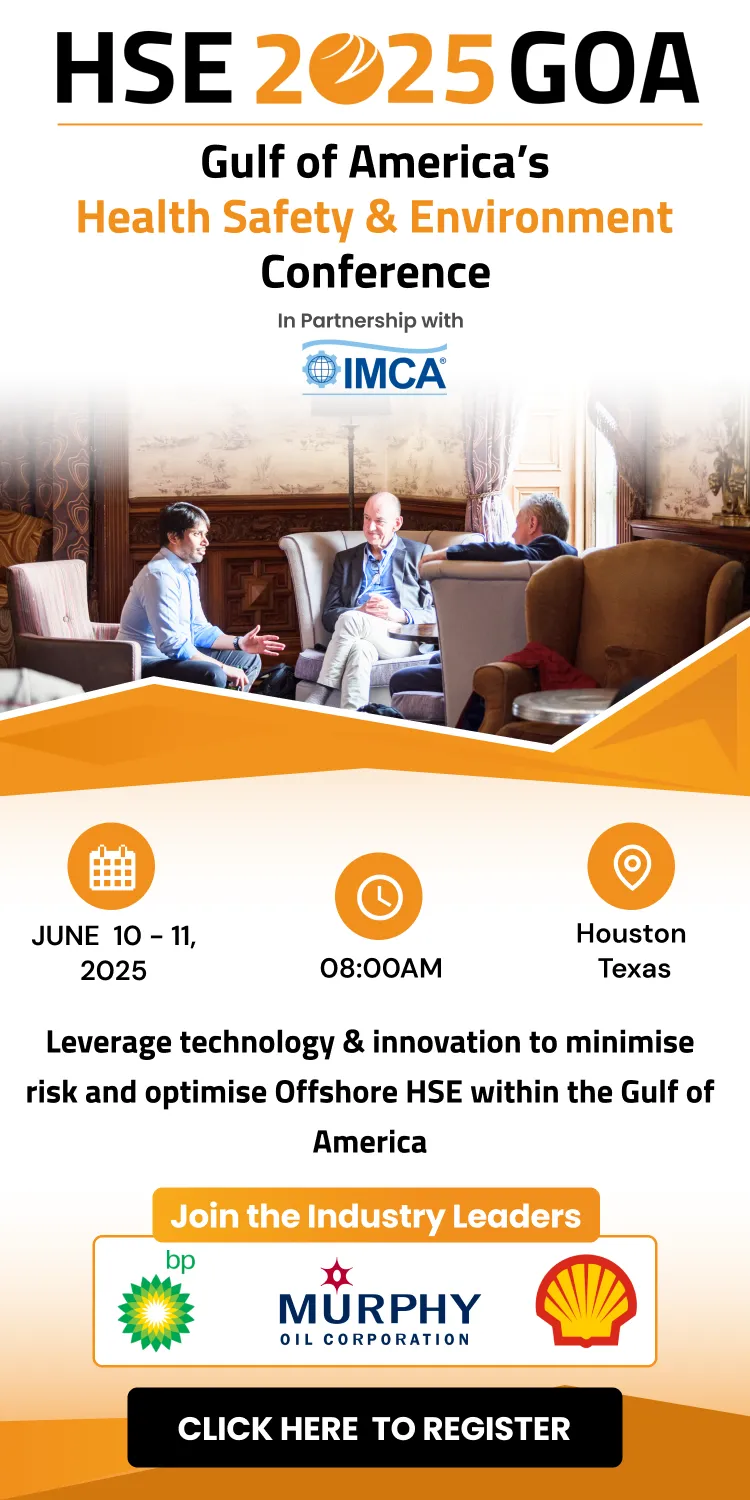Sam Achampong, general manager of The Chartered Institute of Procurement & Supply (CIPS) for MENA, talks about safer procurement practices
Fast moving and fast changing, the ‘on-demand’ economy is revolutionising labour services, business models, and inevitably the procurement and supply management profession at its heart.
Consumers are becoming more demanding and expect services such as ‘click and collect’ or ‘next day delivery’ as standard — all of which puts additional pressure on companies to deliver and outperform their competitors with too little emphasis on the health and safety regulations governing business.
In January 2015, Tesco Supermarket did not take health and safety hazards into consideration during the manufacturing phase. Following the busy Christmas period, it was revealed that the products “may have poorly stitched seams” — which were potentially a choking hazard for children. Another example is the fire which broke out last May in a footwear factory in the Philippines, killing 72 people. This was found to be as a result of lack of HSE standards.
As the Middle East engages in more trade with global organisations, the evolution of health and safety regulations is becoming an important issue for many businesses in the region.
When sourcing projects, assessing health and safety policies is more than just checking a compliance box — it is making sure the whole chain of activities in the business process, including procurement department is proactive towards seeking these safety measures. It is imperative that the procurement process is robust enough to mitigate potential supply risks, increased operational costs and reputational damage, and businesses must understand more about their suppliers as a result.
The rest of the article can be read on page 18 of the latest issue of Health, Safety, & Security Review:
http://www.hssreview.com/home/current-issue






